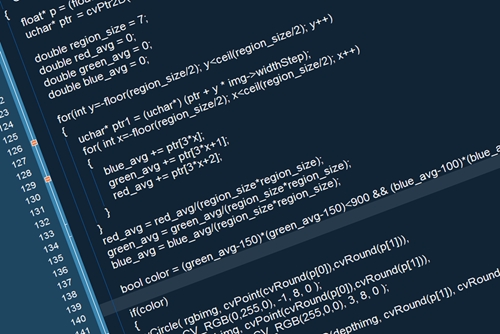Meaningful use stage 2 still a struggle for hospitals, doctors
The implementation of meaningful use stage 2 at hospitals got off to a rough start, but a couple of hospitals have attested to meeting the requirements of the federal electronic health record incentive program. The program is open to health care providers who attested to stage 1 in 2011, and while it was slow to get off the ground, a number of other hospitals are ready to attest to stage 2.
Healthcare IT News reported that there were a number of factors that stymied hospitals in their efforts to achieve stage 2, such as working to implement multiple new programs as a result of health care reform. Also at issue, if a vendor for a particular physician has not yet achieved meaningful use, that physician will not be able to do so.
Front of the line
According to a report in Information Week, the first few hospitals in the country have achieved meaningful use stage 2. The program, which was established in 2010, pays incentives to doctors and organizations that adopt EHRs. Health care providers must also show proof of "meaningful use," which means that the individual or organization is using the EHR system to improve the way health care is provided and tracked after it has been administered.
Slower than expected
Modern Healthcare reported that seven months into the reporting period for meaningful use stage 2, only four hospitals that are enrolled in the federal EHR incentive program had attested to meaningful use. Four months into the reporting period for individual physicians, 50 had attested to meaningful use. Health care providers and vendors who fail to attest in time will receive lower Medicare reimbursements than previously anticipated.
What is the hold up?
While about three-fourths of hospitals surveyed by the Centers for Medicaid and Medicare Services have outfitted their facilities with EHR systems, those systems are not all fully functional yet, leaving these organizations unable to achieve meaningful use stage 2. Of the systems installed by the three-fourths of hospitals that were asked, the software could perform 15 out of 21 stage 2 functions. However, only 10 percent had EHR systems that were capable of allowing patients to utilize their EHR information by viewing, downloading or sending it elsewhere for evaluation. Just under 50 percent were able to create a summary of care.
A new way of looking at health care
Despite the delays and the roadblocks faced by health care providers, many are still on board with the program and are counting on the financial incentives they stand to reap from it. Sam DiCapua, D.O., one of three physicians at Wells Family Practice in Wells, Maine, said that he hopes that this marks the beginning of a different way of doing business for doctors.
"I really look at this as an opportunity for physicians like me to get off the hamster wheel," added DiCapua, who noted that sometimes in order to make ends meet he and his colleagues will schedule more appointments than absolutely necessary for patients. "If the doctor is disgruntled and unhappy, it rubs off on their staff and their patients," he commented to Healthcare IT News.
DiCapua went on to say that he has high hopes for what EHRs can do for his practice, especially in the area of patient follow-up. He noted that if he tells a patient to have a certain procedure performed, he currently has no way of knowing if the patient actually followed his orders. If he is connected to other health care professionals that serve the same patient through EHRs, he can make sure that those he is charged with caring for do what they are supposed to.



